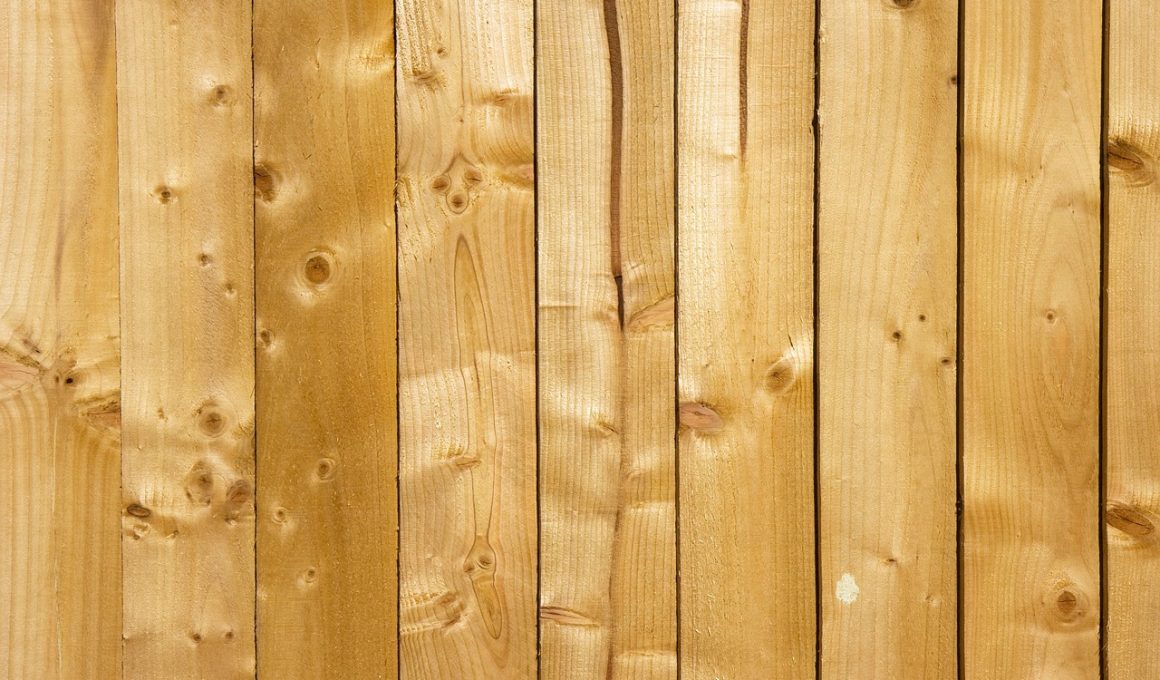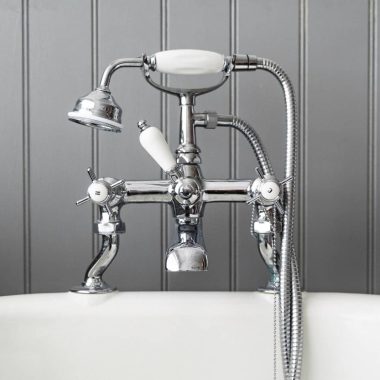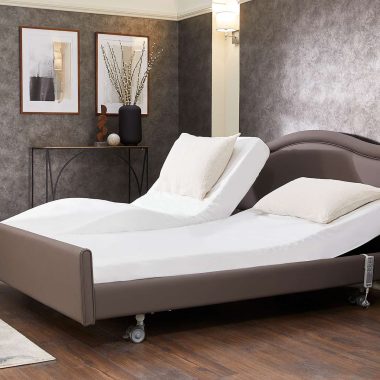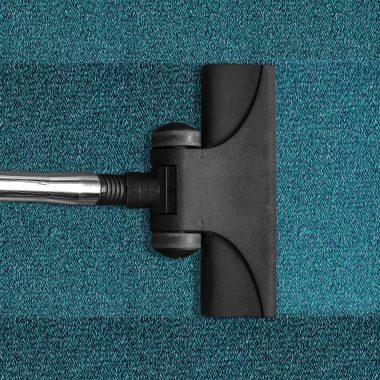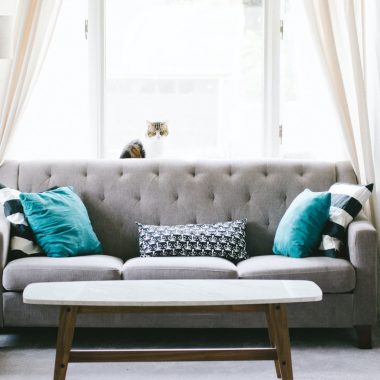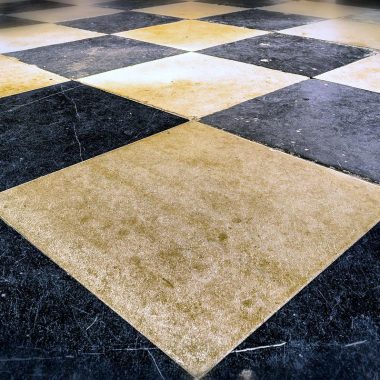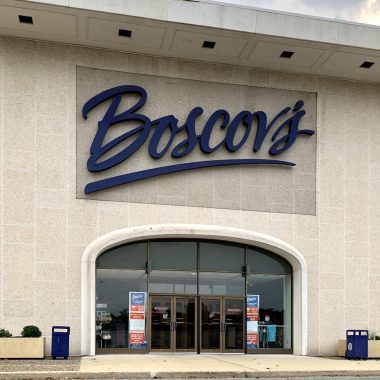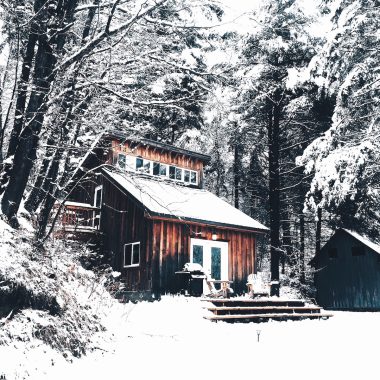Different types of wood wall paneling hold a rich historical significance, dating back to ancient civilizations such as the Egyptians and Greeks.
In these cultures, wood panels were often intricately carved or adorned with artistic details as decorative elements and insulation.
As time progressed, paneling evolved to accommodate changing architectural styles, resulting in various options available nowadays.
Wood wall paneling has been a popular and timeless interior design choice.
Its versatility, aesthetic appeal, and functional benefits have made it a go-to in various architectural styles and design preferences.
This essay delves into the captivating realm of wood wall paneling, exploring the types of wood wall paneling and the myriad ways it can enhance the ambiance of any space.
Types of Wood Wall Paneling
1. Raised Paneling
Raised panels are a classic choice, featuring individual panels. These panels can be intricately carved or feature elegant moldings.
These panels can be rectangular, square, or even intricately shaped, offering depth and visual interest.
Raised paneling is often associated with traditional and colonial designs such as Victorian or Georgian styles.
Raised paneling is characterized by its three-dimensional structure, where individual panels project slightly from the wall’s surface.
It lends a sense of grandeur and sophistication, making it a popular choice for formal living rooms, libraries, upscale dining areas, etc.
2. Flat Paneling
Flat panels are a more understated option, creating a sleek and minimalist look.
They are often seen in modern and contemporary settings, offering a clean backdrop that can be easily customized with various styles and colors.
3. Beadboard Paneling
Beadboard paneling features evenly spaced vertical grooves or “beads” that give a space a charming cottage and coastal vibe, creating a repetitive pattern.
This type of paneling is often used in casual and friendly settings. Beadboard paneling is renowned for its cozy appearance.
Beadboard is often used in informal kitchens, bathrooms, and mudrooms, giving a relaxed and welcoming vibe.
It can also be paired with other paneling styles to create a unique blend of textures and design elements within a single space.
4. Board and Batten Paneling
This style consists of alternating wide boards (the board) and narrow strips (the “batten”) applied over the joints between the panels.
Board and batten paneling can add a rustic and farmhouse-inspired touch to interiors. Thus, if you aim at that in your space, you can use this type of paneling.
5. Reclaimed Wood Paneling
Reclaimed wood paneling is one of the fantastic types of wood wall paneling.
It utilizes salvaged wood from old barns, factories, and other structures. It brings a unique character and a sense of sustainability to any space it is used in
Reclaimed wood paneling has gained significant popularity due to these sustainable and character-rich attributes.
This paneling adds a touch of history and authenticity to residential and commercial spaces.
It is commonly used in eclectic, industrial, and rustic interiors, where it serves as a focal point creating a unique juxtaposition against modern furnishings.
6. Shiplap Paneling
This type of wood paneling is popularized by its appearance in farmhouse-style homes and interior design.
Shiplap paneling consists of horizontally overlapped boards. The horizontal overlapping of panels creates clean lines and a sense of continuity.
It adds a casual and cozy atmosphere. It is often associated with coastal aesthetics.
Its versatility suits various areas, including bedrooms, living rooms, and exterior applications like covered porches.
7. Decorative Carved Paneling
This is mainly for those seeking a touch of among the types of wood wall paneling luxury.
Decorative carved paneling features intricate designs and patterns.
This type of paneling can be found in luxurious settings, historical buildings, and upscale residences where opulence and detail are valued.
Decorative carved paneling is a true testament to the artistry of woodworking. Intricate designs, patterns, and motifs are carved into the wood, transforming walls into masterpieces.
Elaborate carved paneling can define the ambiance of formal dining rooms, grand foyers, and exquisite drawing rooms, providing an air of elegance and luxury.
8. Tongue and Groove Paneling
Tongue and groove paneling features interlocking boards with a protruding “tongue” on one side and a corresponding groove on the other.
This design creates a seamless and neat fit between each panel, resulting in a clean and polished appearance.
Tongue and groove paneling is highly versatile and can be applied vertically, horizontally, or diagonally.
It is commonly used in contemporary spaces to add texture and interest to walls and ceilings.
The panels are commonly made from solid wood or engineered wood products, similar to beaded wood paneling.
Different wood species can be used, and the choice of material can affect the appearance and durability.
Installing them is also easy, as it mainly requires sliding the tongue of one panel into the groove of the adjacent panel. This creates a tight and secure fit.
9. Wainscoting Paneling
Another type of wood wall paneling typically covers a wall’s lower portion.
Also known as Half-Wall Paneling. It often extends to chair rail height. It serves both a functional and decorative purpose.
The practical purpose of protecting walls from wear and tear while adding visual appeal.
Wainscoting can feature various styles, including raised panels, beadboard, and flat panels.
It’s commonly used in dining rooms, hallways, and entryways to lend a sense of elegance.
10. Rustic Barn Wood Paneling
Rustic barn wood paneling showcases reclaimed barn wood’s rugged and weathered beauty.
It preserves the natural imperfections, and knots of the wood, creating an authentic and warm ambiance.
This paneling is often seen in cabins, lodges, and country-inspired interiors.
Rustic barn wood paneling evokes a sense of nostalgia, connecting the indoors with the natural world.
11. 3D Wall Paneling
3D wall paneling takes wall design to the next level by incorporating three-dimensional patterns and textures.
These panels can create striking visual effects and add depth to a space.
This type of paneling has made it to the top of the list in the modern world as it is a popular choice for modern and contemporary interiors. 3D paneling is available in various geometric shapes and organic forms.
Thus, offering endless creative possibilities for walls, feature areas, and artistic installations.
12. Painted Wood Paneling
The different types of wood wall paneling also feature this unique Painted wood paneling design.
It provides a fresh and customizable approach to wall design. It allows for creative expression through color while retaining the natural texture of the wood.
Painted paneling can suit various design styles, from traditional to eclectic.
It is often used in spaces where a pop of color is desired, such as children’s rooms, kitchens, and walls in living areas.
13. Grid Paneling
Grid paneling, also known as gridwork or lattice paneling, involves the creation of a grid-like pattern on walls.
This pattern is often formed using thin wooden strips or intersecting moldings to create geometric shapes.
Grid paneling can be employed in a variety of styles. It is frequently used to enhance the visual appeal of ceilings, accent walls, and architectural details.
14. Chevron and Herringbone Paneling
Chevron and herringbone patterns have become famous for wood wall paneling.
These patterns involve arranging wooden panels or planks in a zigzag or V-shape (chevron) or a repeating “V” shape (herringbone).
These patterns add dynamic movement and an excellent vibe to the interiors.
Chevron and herringbone paneling are often eye-catching focal points in living rooms, dining areas, entryways, etc.
15. Peel and Stick Wood Paneling
Peel and stick wood paneling offers a convenient and temporary solution for transforming walls without needing nails or adhesives.
These panels come with a self-adhesive backing, making them easy to install and remove.
It is also quite popular in modern houses nowadays. Peel and stick paneling is popular among renters and those seeking a budget-friendly way to refresh their spaces.
It is available in various finishes and styles, catering to different design preferences.
16. Bamboo paneling
It is a type of wall covering made from bamboo. Bamboo is a renewable and sustainable natural resource. It offers a unique and eco-friendly option for interior spaces.
Bamboo paneling comes in various styles and forms, making it suitable for multiple aesthetic designs.
Bamboo wall paneling is one of the types of wood wall paneling design that is also very easy to install.
They can be applied to multiple spaces such as Accent walls, Ceilings, Wainscoting and chair rails, Headboards, Room dividers, and Commercial spaces (restaurants, hotels, offices).
They are also relatively lightweight and can be installed using standard carpentry tools.
There are different types of Bamboo Paneling, such as Solid Bamboo Panels, Strand Woven Bamboo, Bamboo Mosaic Panels, and Bamboo Veneer Panels.
- Solid Bamboo Panels: These panels are made from solid bamboo strips that are glued together to create a sturdy and durable surface.
- Strand-Woven Bamboo Panels: These panels are created by compressing shredded bamboo fibers with adhesive to form a solid, dense material.
- Bamboo Mosaic Panels: These panels are crafted from small bamboo pieces arranged in various patterns, such as herringbone, basketweave, or geometric designs. They create a fascinating and visually appealing look.
- Bamboo Veneer Panels: Bamboo veneer is a thin layer of bamboo applied to a substrate, such as plywood or MDF (medium-density fiberboard).
17. Plywood Paneling
This paneling refers to using plywood sheets to cover interior walls or ceilings decoratively or functionally.
In these different types of wood wall paneling, plywood is engineered by layering thin sheets of wood veneer and bonding them with adhesive.
Plywood paneling can be used for various purposes, such as:
- Interior wall Covering Plywood: It is often done here to create a rustic or cozy aesthetic in homes, cabins, or commercial spaces.
- Ceiling Treatment: Plywood panels can cover ceilings, adding a unique design element to any room in which it is used. This is common in spaces like rustic-themed restaurants, bars, or residential areas.
- Insulation and Soundproofing: Plywood panels can also provide an extra layer of insulation and soundproofing when appropriately installed. They can help reduce noise transmission between rooms or from external sources.
- Backing for Shelves or Cabinets: Plywood panels can be used as a backing for furniture pieces. It provides stability and support to the structure it is used for.
- Decorative purpose: Plywood paneling can be cut into various shapes and sizes to create decorative accents or wall focal points.
- Painting: Plywood paneling can be painted, stained, or finished to match the desired aesthetic of any space. It offers versatility in terms of color and design.
- Economical Option: Plywood is often considered a cost-effective alternative to other wood paneling materials, making it a popular choice for budget-conscious projects.
When considering a plywood wood panel, it’s essential to take note of factors like panel thickness, quality of the plywood, and proper installation techniques.
18. Beaded Wood Paneling
This one of the different types of wood wall paneling features vertical panels with evenly spaced decorative beads running down the length of each meeting.
These beads create a visually interesting texture and pattern on the wall. It can add a touch of elegance and sophistication to interiors.
This paneling style is often used to add a touch of classic or traditional elegance to interior spaces.
Beaded wood wall panels are typically made from solid wood or engineered wood products.
Common wood species used include pine, oak, maple, etc. Beaded wood panels can either be left unfinished for a natural look or painted to suit an aesthetic design.
Beaded wood wall paneling is commonly used in various interior spaces, including living rooms, dining rooms, bedrooms, hallways, and bathrooms. It adds texture and dimension to any space.
19. Full-Wall Paneling
Full-wall paneling, unlike half-wall paneling, covers the entire height of a wall, creating a more impactful design statement.
It can achieve a cozy or grand ambiance, depending on the style.
This decorative technique has been used for centuries. Wall panels can be made from various materials, including wood, MDF (medium-density fiberboard), plywood, fabric, metal, leather, stone, etc.
The installation process can vary based on the type of paneling and the material used.
Aside from being aesthetically appealing, Wall paneling can provide an insulated and soundproofing space. It can also hide imperfections such as cracks or imperfect surfaces.
Overall, full wall paneling can be versatile and visually appealing, allowing you to transform a room’s look and feel while offering functional benefits.
20. Picture Frame Molding
Of all the different types of wood wall paneling, picture frame molding involves creating rectangular or square shapes on the wall using molding strips.
These frames can be painted or stained for a unique paneling effect.
This molding serves both a functional and aesthetic purpose, allowing for hanging artwork, mirrors, and other decorative items without having to put holes directly into the wall. This will thus help to prevent damage to walls.
21. Faux Wood Paneling
Faux wood is a type of wood wall paneling. It is also known as wood grain or wood lock paneling. It is made from synthetic materials like PVC or MDF (medium-density fiberboard) or a composite material designed to mimic the appearance of natural wood.
The advantage of this model is that it is more affordable and easier to maintain.
This paneling was commonly used in homes and commercial spaces during the 1960s and 1970s.
However, it has become quite popular due to changing interior design trends.
While some people appreciate the nostalgic and cozy feel that faux wood paneling can bring to a space, others consider it outdated and opt to remove or update it in favor of more modern wall treatments.
If you’re considering faux wood paneling for your interior, remember that it requires proper installation to ensure a cohesive appearance.
22. Linear Wood Paneling
Linear panels consist of long, narrow strips of wood arranged vertically or horizontally. They can create an elongated and visually appealing effect.
Linear wood paneling can be made from various wood types, such as oak, pine, cedar, walnut, and more.
The linear wood panels are installed directly onto the wall using nails, screws, adhesives, or other mounting methods.
23. Multi-Tone Wood Paneling
Among the different types of wood wall paneling, multi-tone paneling is the type that involves Mixing different wood tones or finishes within a paneling design to create a visually striking and dynamic look.
When considering multi-tone paneling, Choosing wood species with inherent color variation can lead to a fantastic multi-tone effect.
Some woods, like maple, cherry, and mahogany, can exhibit a range of colors even in their natural state.
Multi-tone wood is often valued for its aesthetic appeal and ability to add depth and character to furniture, cabinetry, flooring, and interior design elements.
Combining different colors and shades can create a sense of warmth and visual interest in a space.
24. Stikwood Paneling
Lastly, the different types of wood wall paneling also include Stikwood panels.
They are adhesive-backed natural wood planks that can easily be applied to a surface.
Stikwood paneling provides a simple and convenient way to achieve a wood-paneled look.
Stikwood is a brand of peel-and-stick wood paneling that provides a convenient and easy way to add the look of natural wood to your surfaces.
The panels are pre-cut and finished, making them a user-friendly option for DIY (do-it-yourself) enthusiasts and professionals.
Stikwood panels come in various Wood Styles, wood species, colors, finishes, and textures, allowing you to choose the style that best suits your design preferences.
Whether you’re looking for a rustic, reclaimed look or a sleek and modern appearance, a Stikwood option will likely fit.
Stikwood panel is also a convenient and less time-consuming option for users, unlike Traditional wood paneling, which consumes time and requires specialized tools and skills.
Stikwood panels are versatile and can be applied to walls, ceilings, furniture, and other surfaces.
It’s important to note that while Stikwood simplifies the installation process, proper surface preparation is still necessary to ensure that the panels adhere well and create a lasting result.
Surfaces should be clean, dry, and smooth before applying Stikwood.
Stikwood paneling is a popular choice for both residential and commercial spaces, offering a quick and stylish way to incorporate the beauty of wood into interior design projects without the challenges of traditional wood installation.
Conclusion
Wood wall paneling, with its rich history, numerous styles, and functional benefits, remains a captivating choice in interior design.
From the timeless elegance of raised paneling to the charming designs of beadboard and the rustic authenticity of reclaimed barn wood, each type of paneling tells a unique story.
In other words, you can always go right with any of the different types of wood wall paneling.
Whether one seeks a traditional, modern, rustic, or extravagant ambiance, the variety of wood paneling options available allows for endless possibilities.
As the design world continues evolving, wood wall paneling is a timeless testament to the seamless fusion of aesthetics and practicality.
As architects, designers, and homeowners continue to explore creative avenues, wood wall paneling remains an enduring canvas for expressing personal style, enhancing aesthetics, and creating inviting and inspiring environments.
Lastly, after we have discussed the different types of wood wall paneling, we now know that it offers vast benefits beyond its aesthetic appeal.
Firstly, it provides insulation, enhancing a room’s thermal and acoustic properties.
Additionally, wood paneling can cover imperfections in walls and surfaces, providing a clean and polished appearance.
It can also be highly customizable, allowing homeowners and designers to choose various styles to match their design vision.
